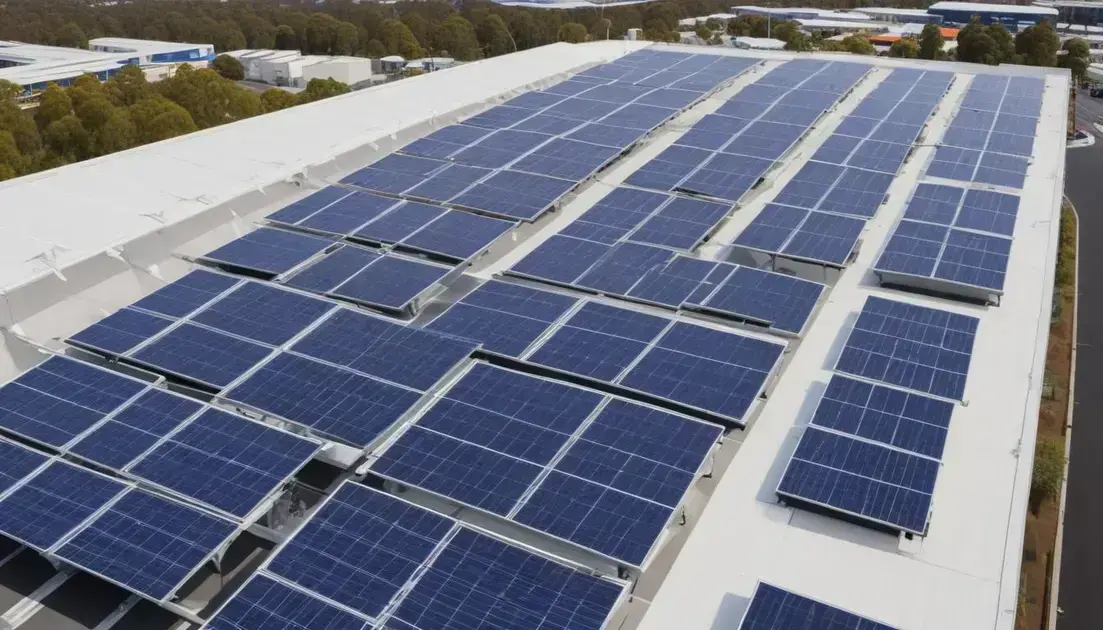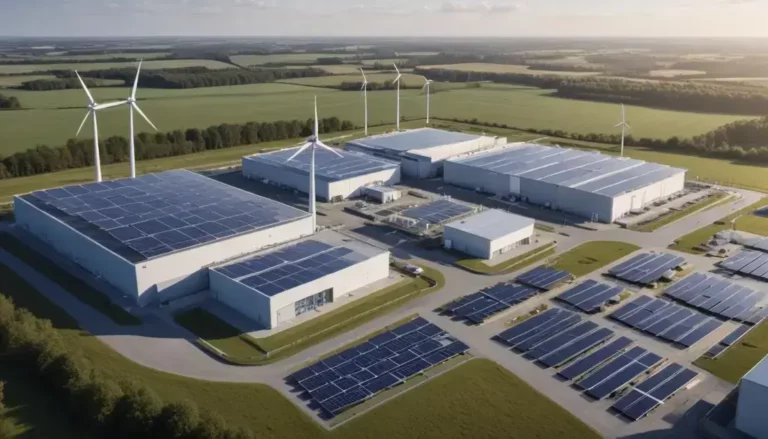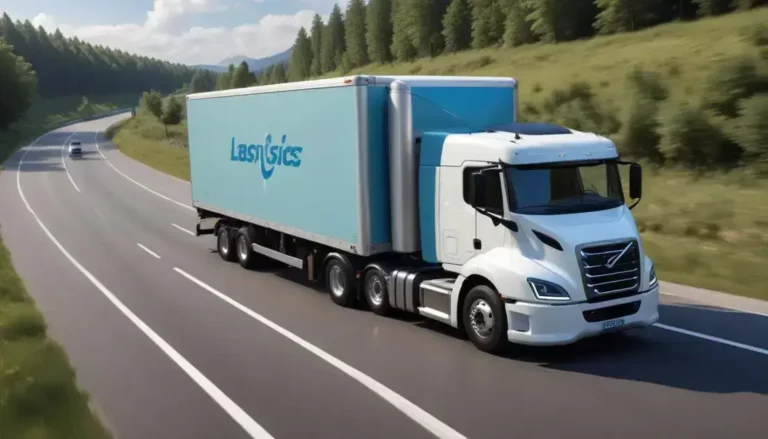IKEA Australia boosts sustainability with solar energy
IKEA Australia is leading sustainability efforts by committing to become climate positive by 2030, integrating renewable energy, sustainable materials, and energy efficiency across its operations.
In recent years, IKEA Australia has led the charge in sustainability by significantly reducing its operational climate footprint. How have they achieved this and what does it mean for the environment? Let’s explore their innovative solar energy project!
IKEA’s solar energy initiative in Australia
IKEA’s solar energy initiative in Australia marks a significant step towards a more sustainable future. By harnessing the power of the sun, IKEA is reducing its reliance on fossil fuels and promoting a cleaner environment. This initiative aligns with their global sustainability goals and showcases how large retailers can lead by example.
Implementation and Impact: The rollout of solar panels across IKEA stores aims to generate renewable energy and reduce greenhouse gas emissions. By utilizing innovative technology, these solar systems provide a substantial portion of the energy required for daily operations, decreasing electricity costs over time.
Furthermore, this commitment to renewable energy strengthens IKEA’s brand image as an eco-friendly company. Engaging with local communities about the benefits of solar energy helps to raise awareness and encourages individuals to consider renewable options in their own lives. As a result, IKEA not only contributes to a more sustainable planet but also inspires others to follow suit.
IKEA has pledged to achieve climate positivity by 2030, and their investment in solar energy is a crucial part of this strategy. By making such contributions, they hope to influence industry standards and promote green energy policies at a broader level.
Impact of sustainable practices on business
The impact of sustainable practices on business cannot be overstated, as companies increasingly recognize the importance of going green. Adopting eco-friendly strategies not only enhances corporate reputation but also attracts a growing base of environmentally conscious consumers.
Many businesses are finding that integrating sustainability into their operations leads to increased efficiency and reduced costs. For instance, energy-saving measures and waste reduction programs often result in significant financial savings, proving that being environmentally responsible can also be economically beneficial.
Moreover, companies that embrace sustainability tend to foster employee engagement and loyalty. When staff see their employer committed to positive change, they are more likely to feel proud of their affiliation and motivated to contribute. This cultural shift can lead to higher productivity and lower turnover rates.
Furthermore, regulatory pressures are pushing more businesses to adopt sustainable practices. Governments are implementing stricter environmental regulations, making compliance not just a choice but a necessity. Organizations that act proactively can mitigate risks and position themselves as industry leaders, paving the way for future opportunities.
Key achievements in energy efficiency
Key achievements in energy efficiency are reshaping industries as organizations strive to minimize their environmental impact. Companies are increasingly investing in technologies that optimize energy use, leading to remarkable improvements in performance and sustainability.
One major accomplishment is the implementation of smart systems that monitor and control energy consumption in real-time. These systems allow businesses to identify energy wastage and make informed decisions about resource allocation. Despite varying industries, the ability to reduce energy costs while maintaining productivity is a common goal.
Furthermore, initiatives such as upgrading to LED lighting and energy-efficient appliances have proven to yield substantial savings. For instance, organizations that have switched to LED lighting report a reduction in energy use by up to 75%. This transition not only lowers utility bills but also enhances the overall quality of work environments.
Additionally, many firms have embraced renewable energy sources, like solar and wind, as part of their energy efficiency strategies. These investments are not just eco-friendly; they foster long-term stability in energy costs. Companies showing commitment to energy efficiency are likely to gain competitive advantages, making it essential for others to follow suit.
Future goals for IKEA in sustainability
Future goals for IKEA in sustainability revolve around creating a positive climate impact by 2030. The company aims to become climate positive, meaning it will reduce more greenhouse gases than its entire value chain emits. This ambitious target aligns with their commitment to a brighter future for the planet.
One of their primary initiatives includes increasing the use of sustainable materials in products. IKEA plans for all of its products to be made from renewable or recycled materials by 2030. This approach not only conserves resources but also significantly minimizes waste, making circularity a key focus.
Furthermore, IKEA is investing heavily in renewable energy sources. The goal is to generate as much renewable energy as they consume across all operations. This commitment includes expanding solar installations and utilizing wind energy to power their stores and warehouses globally.
Another important aspect of their sustainability journey is enhancing energy efficiency in their stores and logistics. By continuously improving operational practices, IKEA seeks to lower its carbon footprint while maintaining accessibility for consumers. These goals signify a comprehensive strategy that ensures sustainability remains at the core of IKEA’s operations, emphasizing their role as a leader in the retail sector.
Looking Ahead: IKEA’s Commitment to Sustainability
In conclusion, IKEA is paving the way for a sustainable future through its ambitious goals and innovative practices. By focusing on renewable energy, sustainable materials, and energy efficiency, the company is making significant strides in reducing its environmental impact.
The journey towards sustainability is ongoing, and IKEA is dedicated to leading by example. As they work towards becoming climate positive by 2030, their efforts inspire both consumers and other businesses to adopt greener practices.
Ultimately, IKEA shows that sustainability is not just a trend but a crucial part of modern business. Their commitment is a reminder that every action counts in creating a healthier planet for future generations.
Frequently Asked Questions
What are IKEA’s main sustainability goals for the future?
IKEA aims to become climate positive by 2030, using renewable materials in all products and generating as much renewable energy as it consumes.
How does renewable energy benefit IKEA’s operations?
By using renewable energy sources, IKEA reduces its carbon footprint and energy costs, promoting a more sustainable business model.
What role does energy efficiency play at IKEA?
Energy efficiency initiatives help IKEA lower operational costs while enhancing its commitment to sustainability through reduced energy consumption.
How is IKEA engaging communities in its sustainability efforts?
IKEA raises awareness about sustainability by sharing its initiatives with local communities, encouraging them to adopt eco-friendly practices as well.
Why is using sustainable materials important for IKEA?
Using sustainable materials reduces environmental impacts, conserves resources, and meets consumer demand for eco-friendly products.
How can other businesses follow IKEA’s example in sustainability?
Other businesses can adopt similar sustainability practices by setting clear goals, investing in renewable energy, and enhancing energy efficiency.






